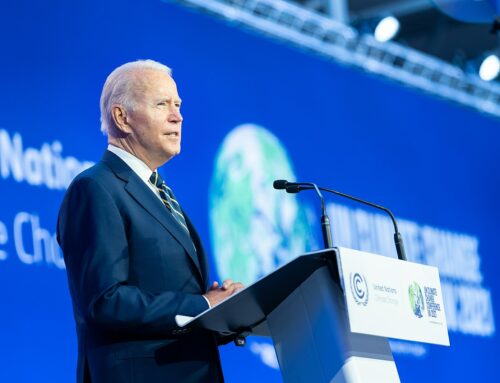by Greg Walcher, E&E Legal Senior Policy Fellow
As appearing in the Daily Sentinel
The coronavirus pandemic has focused considerable attention on the supply chain for medical machinery, pharmaceuticals, and personal protective equipment like hospital gowns, masks, and gloves. Most Americans previously had little notion of how dependent the U.S. economy was on China and other overseas suppliers for items that are so indispensable to essential health care. They are just beginning to see the tip of the iceberg.
Our modern health-care system, the best in the world, has built a global supply chain, which runs on outsourcing from the cheapest sources, based on the importance of keeping costs down. That means it also runs on very thin margins, and the coronavirus has shattered our previous illusions of stability and dependability. All it took was a global spike in demand, and the American economy found itself waiting in line.
There is a much larger iceberg floating just beneath the surface, though, because these supply chain issues are not limited to the health-care system. In fact, the U.S. economy has grown overwhelmingly dependent in China and a few other countries for almost everything Americans buy and use. Some economists now speculate about a society trying to operate without computers, cell phones, televisions, cars, trucks, airplanes, trains, fresh produce, books, power tools, building materials, solar panels, wind generators, toys, and shoes. All of these, and thousands of other products, are at least partly dependent on components made in China and elsewhere.






